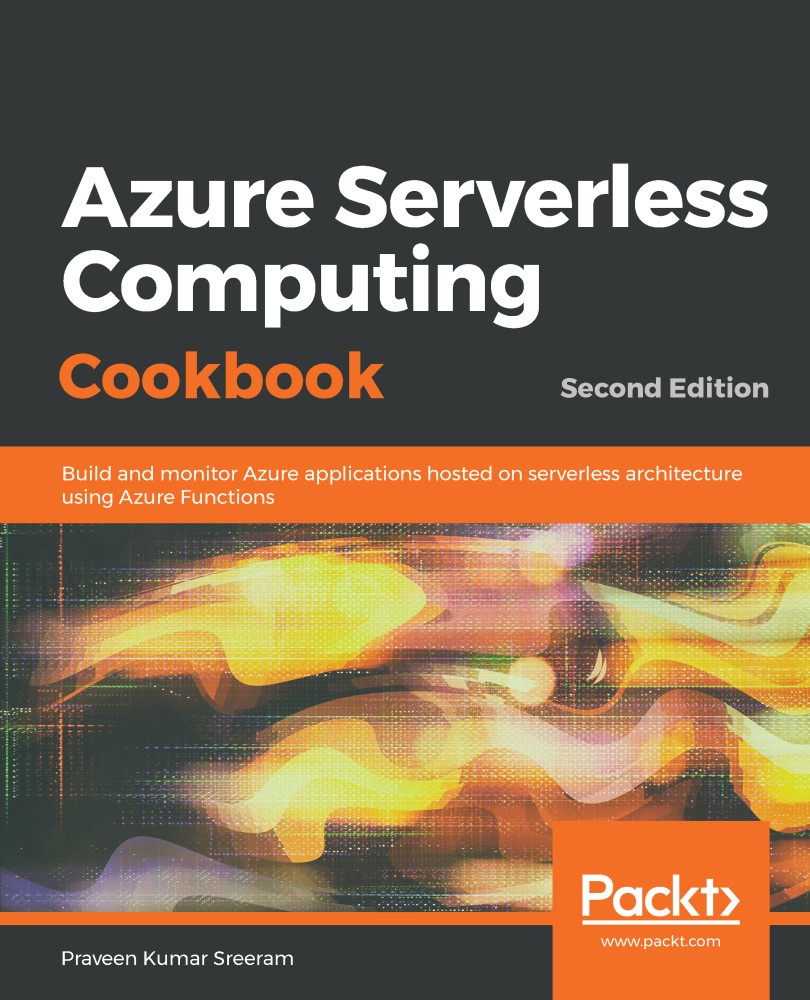In the current era of digital transformation and cloud-first strategy, organizations host their applications both in the cloud and in on-premises environments in a hybrid model. These organizations often struggle to find the right platform to connect these disparate systems.
To address this problem, Microsoft has heavily invested in building an integration framework to run in Azure; it is called Azure Integration Services. Azure Integration Services comprises a set of different services and platforms in Azure, such as Azure Logic Apps, Service Bus, Azure Event Grid, and API Management. Taking the capabilities and power of multiple serverless platforms, Azure Integration Services now serves a variety of customer sectors, ranging from healthcare and the automobile industry to governmental organizations and insurance companies.
Before we dive into a detailed explanation, let's understand what Azure Integration Services is and why you should bother with it. As we've already explained, Azure Integration Services is an umbrella for a number of Azure serverless integration platforms, and you will be surprised at how well these offerings work in harmony; for instance, by how well Azure Functions integrates with Azure Logic Apps to improve an organization's workflow. In the coming chapters, we'll get into more detail about all this, but for now, we'll just concentrate on familiarizing ourselves with the basics of these individual offerings, including what they are and a bit about how they work together to form a cloud-first integration solution.
Granular integration design and microservice patterns have changed the face of modern integration. Now, modern integration is not about learning a specific platform or mastering a product, but is more about getting the best out of connecting platforms. For example, if you want to automate your business workflow, then you can use Azure Logic Apps to build workflows in the cloud by utilizing a reactive programming model along with Azure Event Grid capabilities. Another example might be securing your external-facing endpoint. In that case, API Management is for you. If this confuses you, do not worry; we will learn all of these techniques and best practices throughout this book.
The following diagram describes what you are going to master in this book. We also urge you to go through the Microsoft Azure Integration Services whitepaper at https://azure.microsoft.com/en-au/resources/azure-integration-services/en-us/:

Since we have now looked at an overview of Azure Integration Services, let's discuss the individual offerings separately. We will start with Azure Logic Apps and then move on to other services such as API Management, Service Bus, Azure Functions, and Azure Event Grid.
If you are already familiar with integration frameworks in the cloud, then we urge you to read these about services' individual capabilities in this chapter. This will help you to get a broader overview of the different platforms and services available within the Azure Integration Services umbrella for connecting enterprise-wide applications with better design patterns.
 United States
United States
 Great Britain
Great Britain
 India
India
 Germany
Germany
 France
France
 Canada
Canada
 Russia
Russia
 Spain
Spain
 Brazil
Brazil
 Australia
Australia
 Singapore
Singapore
 Canary Islands
Canary Islands
 Hungary
Hungary
 Ukraine
Ukraine
 Luxembourg
Luxembourg
 Estonia
Estonia
 Lithuania
Lithuania
 South Korea
South Korea
 Turkey
Turkey
 Switzerland
Switzerland
 Colombia
Colombia
 Taiwan
Taiwan
 Chile
Chile
 Norway
Norway
 Ecuador
Ecuador
 Indonesia
Indonesia
 New Zealand
New Zealand
 Cyprus
Cyprus
 Denmark
Denmark
 Finland
Finland
 Poland
Poland
 Malta
Malta
 Czechia
Czechia
 Austria
Austria
 Sweden
Sweden
 Italy
Italy
 Egypt
Egypt
 Belgium
Belgium
 Portugal
Portugal
 Slovenia
Slovenia
 Ireland
Ireland
 Romania
Romania
 Greece
Greece
 Argentina
Argentina
 Netherlands
Netherlands
 Bulgaria
Bulgaria
 Latvia
Latvia
 South Africa
South Africa
 Malaysia
Malaysia
 Japan
Japan
 Slovakia
Slovakia
 Philippines
Philippines
 Mexico
Mexico
 Thailand
Thailand


![Advanced Serverless Architectures with Microsoft Azure [Instructor Edition]](https://content.packt.com/C12821/cover_image.png)













